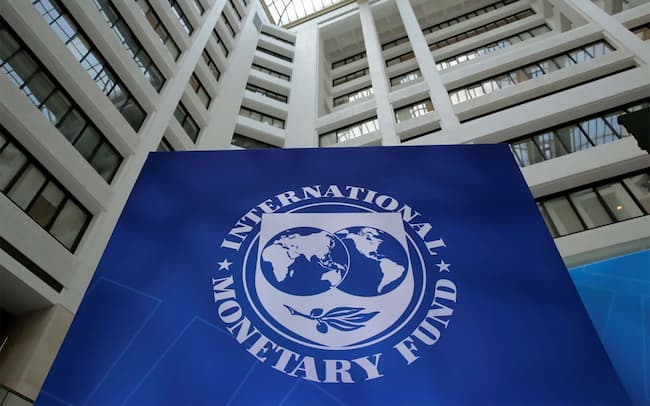The International Monetary Fund (IMF) has predicted a 3.7 percent growth for the sub-Saharan African region in 2022, and a 3.8 percent growth in 2022.
The global fund attributed the growth to favorable external influences like improved trade and commodity prices. It also credited a boost in agricultural yield, yet noted that the projected improvement depends on the successes of countries in the region in their fight against the COVID-19 pandemic.
This was disclosed in the October Sub-Saharan Africa: One Planet, Two Worlds, Three Stories provided at the joint Annual Meetings of the IMF and the World Bank in Washington, USA, on Thursday.
The IMF said that the disparities in recovery and economic growth between countries in the region and their global counterparts would “persist over the medium term”, despite its “welcome but relatively modest recovery”.
Food security, social and political stability in the sub-Saharan African region face the challenge of losing gains made over time persistent presented by food inflation, the Fund said.
Speaking on the report, the Director, IMF’s African Department, Abebe Aemro Selassie, said, “As sub-Saharan Africa navigates through a persistent pandemic with repeated waves of infection, a return to normal will be far from easy.
“In the absence of vaccines, lockdowns and other containment measures have been the only option for containing the virus.
“At 3.7 percent this year, the recovery in sub-Saharan Africa will be the slowest in the world—as advanced markets grow by more than 5 percent, while other emerging markets and developing countries grow by more than 6 percent. This mismatch reflects sub-Saharan Africa’s slow vaccine rollout and stark differences in policy space.
“Widening gaps between countries have been accompanied by growing divergence within countries, as the pandemic has had a particularly harsh impact on the region’s most vulnerable.”
READ ALSO: Donald Trump To Create Own Social Media Platform, Standing Up To Big Tech
Growing poverty levels in the region have exacerbated inequality across income groups, and subnational geographic regions, the director said.
Selassie called on governments to cut their rising debt portfolios, as it remained a “source of concern”, urging the undertaking of fiscal consolidation.
He said, “Widening gaps between countries have been accompanied by growing divergence within countries, as the pandemic has had a particularly harsh impact on the region’s most vulnerable.
“With about 30 million people thrown into extreme poverty, the crisis has worsened inequality not only across income groups, but also across subnational geographic regions, which may add to the risk of social tension and political instability.
“In this context, rising food price inflation, combined with reduced incomes, is threatening past gains in poverty reduction, health, and food security.
“Furthermore, increasing debt vulnerabilities remain a source of concern, and many governments will have to undertake fiscal consolidation. Overall, public debt is predicted to decline slightly in 2021 to 56.6 percent of GDP but remains high compared to a pre-pandemic level of 50.4 percent of GDP.
“Half of sub-Saharan Africa’s low-income countries are either in or at high risk of debt distress. And more countries may find themselves under future pressure as debt-service payments account for an increasing share of government resources.”













